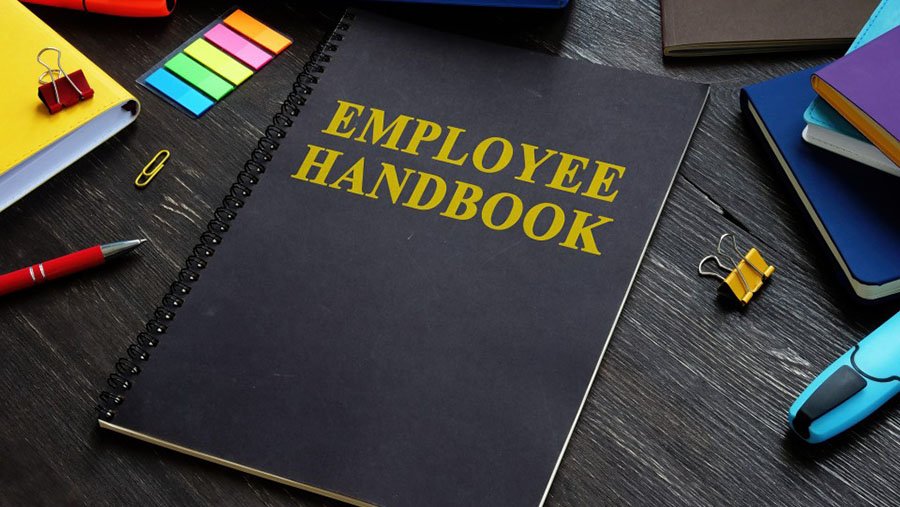Preparing for Q1: Updating Your Employee Handbook
© Vitalii Vodolazskyi / Adobe Stock
It’s easy to be overwhelmed with exactly which policies you may need in place as an employer. You may have a handbook, but does it cover what you really need? Below are some policies you should consider adding or revamping so you are communicating with your employees clearly and consistently.
Handbook Essentials
All organizations should have the fundamentals covered, as employees will likely ask or look for this information at one point or another:
Pay and holiday schedules
Where to go with complaints
How overtime and shifts/office hours work
Information on paid time off (PTO)
How to resign and stay in good standing
Calling off/calling in procedures
How discipline is handled
Break/lunch time expectations
Workplace accommodations
In addition to answering the main employment questions, it’s a good idea to get in writing that you are taking all state-specific employment law requirements seriously by listing those. An example would be New Jersey’s SAFE Act, which allows for unpaid time off for the purpose of addressing domestic violence situations. For federal employment law compliance, consider mentioning the following:
Civil Rights Act protections
Fair Labor Standards Act (FLSA) minimum pay requirements and classifications
HIPAA and document security practices
Identity confirmation and screening practices (using the Form I-9)
Keeping the workplace safe and hazard free (OSHA)
If you have 50+ Employees
As employers grow in size, so do the regulations that govern them. If you have 50 or more employees, these policies may be required of you, and it would be best to have a policy on how you are handling them:
Affirmative Action Plan (AAP)
Family Medical Leave Act (FMLA)
Benefit eligibility (ACA)
Optional Policies
Now it’s time to get creative and highlight your organization’s eccentricities! What makes your organization unique? How are you navigating the gray spaces? Why would someone want to come and work at your organization? Below are some optional policies:
Your Mission, Vision, and Purpose
Working from Home/Telecommuting
Drug & Alcohol-Free Workplace
Hotelling
Smoke Free Workplace
Religious Accommodations
Visitors at Work
Company Swag
Health Emergency Policy (non-COVID specific)
Inclement Weather
Employment of Family Members/Nepotism
Open-Door/Reporting Concerns
Volunteer Time Off
Media Coverage Responsibilities and Designations
Employing Minors
Social Media Guidelines
Voicemail, Email & Internet Usage
Business Expenses, Reimbursements, and Travel
Company Property & Access
Job Abandonment
Bring Your Pet to Work
Fun, Wellness, and/or Safety Committee Initiatives
PTO Payout
Code of Ethics
Code of Conduct
Company Perks, such as sick time, Wacky Shirt Wednesday, etc.
So, how does your handbook measure up? Do you need to start one altogether? If you need any tools, sample policies, or have any questions whatsoever, please contact us and we’ll get you a dedicated Consultant to assist you!
By Samantha Rogers

